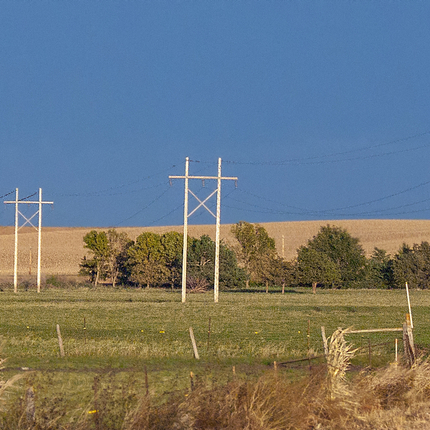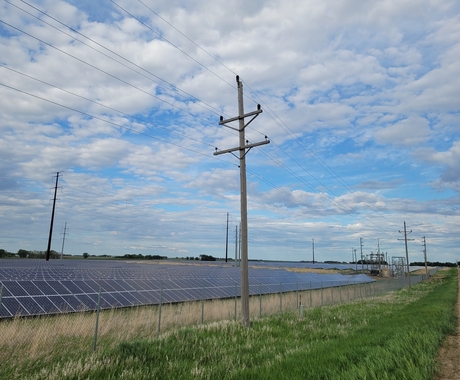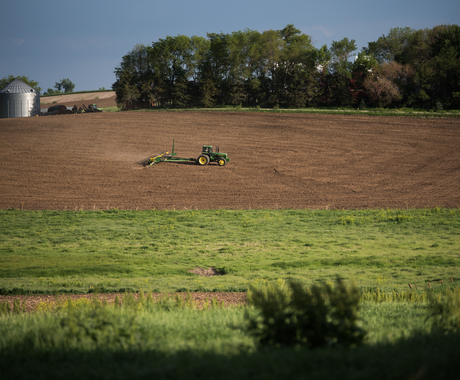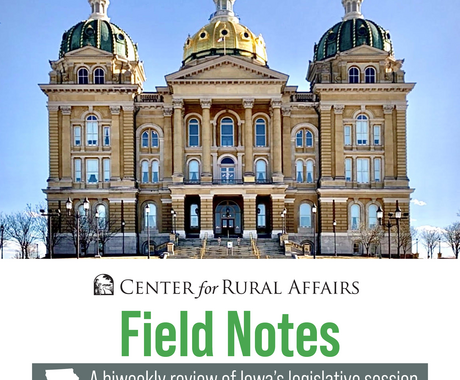By Stephanie Enloe, former staff member
Eminent domain is a controversial topic where transmission lines are concerned. Landowners worry that developers will swoop in to condemn their land or bully them into negotiating an easement. In Iowa, the following process can help avoid these scenarios.
Upon identifying a preferred transmission route, a developer must first hold public meetings within the study corridor. Developers provide information about the line and talk to local stakeholders about which areas should be avoided for environmental, economic, or cultural reasons. By attending these meetings, affected parties can help shape siting and compensation processes.
It is important to realize that the “preferred route” presented at the meeting is a required part of the regulatory process, and many developers consider the route a first draft. Developers usually seek and integrate public input to improve the route as much as possible.
Upon completing public meetings, developers submit a franchise agreement application to the Iowa Utilities Board for each county within their study corridor. They also begin negotiating voluntary easements with landowners along the preferred route. Landowners should always have a say in fair compensation, where the line will be placed, and how the developer will access and maintain the easement.
If they receive a franchise agreement, the developer may then request the authority to use eminent domain. To decide on whether to grant this authority, the Iowa Utilities Board holds a public hearing to determine whether the line serves the public good and meets all regulatory requirements.
ITC Holdings Corp. – the developer for several of the multi-value project lines described in the first article in this series – aims to sign 100 percent voluntary easements for each line. Although they regularly reach agreements for more than 97 percent of a route, ITC uses eminent domain if a small number of landowners have blocked a project. Developers prefer to avoid the expense of this process, but the cost of maintaining our grid would be astronomically expensive if projects could be shut down after a majority of easements already had been negotiated.
When land is condemned under eminent domain, the landowner receives fair market value for the easement. However, this system fails to account for personal value that may be attached to a piece of ground, and the eminent domain process is both costly and painful to the landowner. To avoid this situation, the Center for Rural Affairs encourages landowners to attend public meetings and engage with developers early and often.
The Center for Rural Affairs works to inform affected communities about the benefits and drawbacks of transmission lines. We believe early stakeholder engagement is the key to maximizing benefits and reducing unwanted impacts. This article is the third in an educational newsletter series on transmission, which provides an overview on some of the most common questions and concerns rural stakeholders ask on this topic. Click to check out the previous articles, "Transmission lines and your health" and "What are Multi-Value Project transmission lines."





